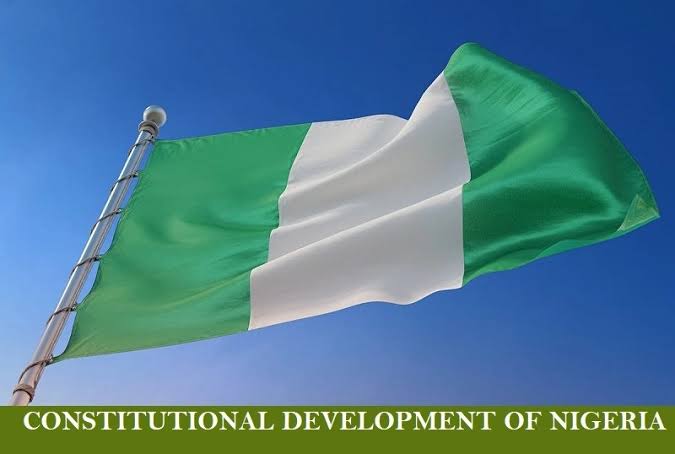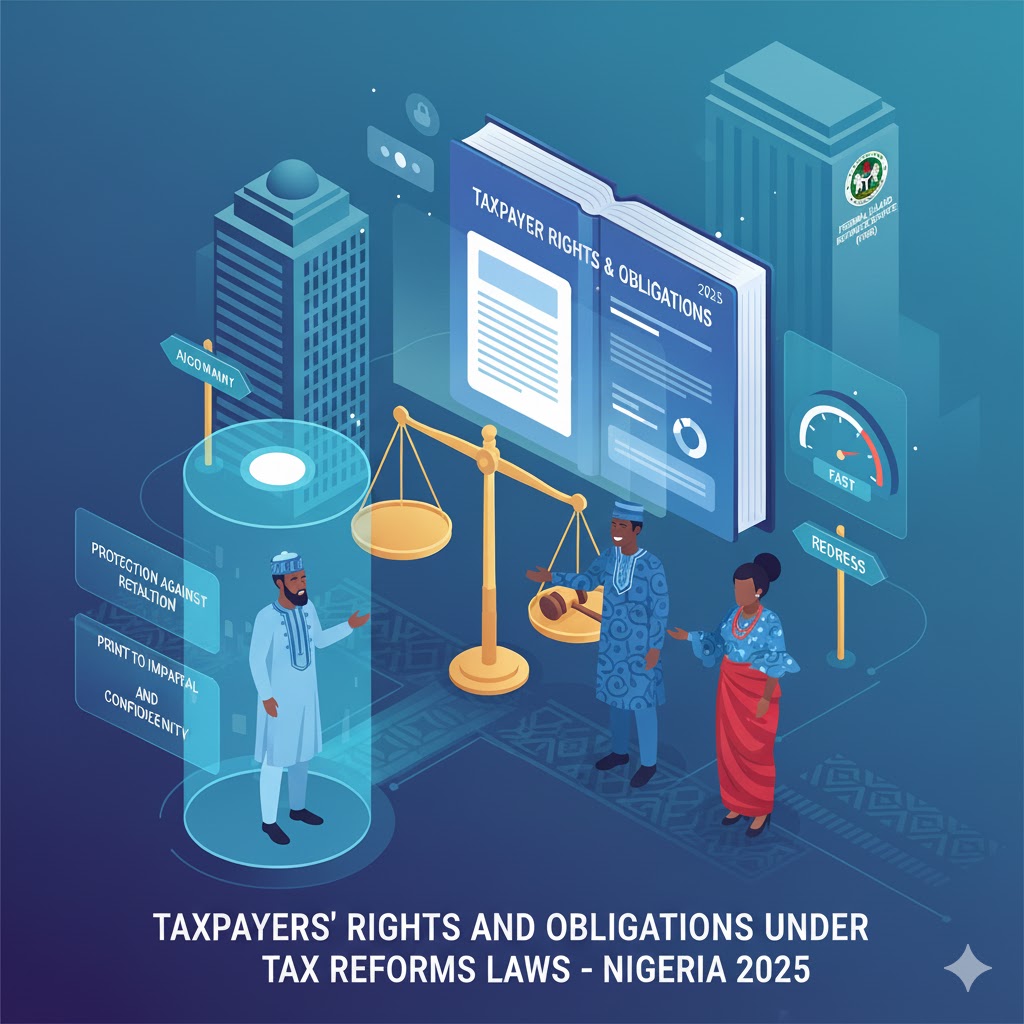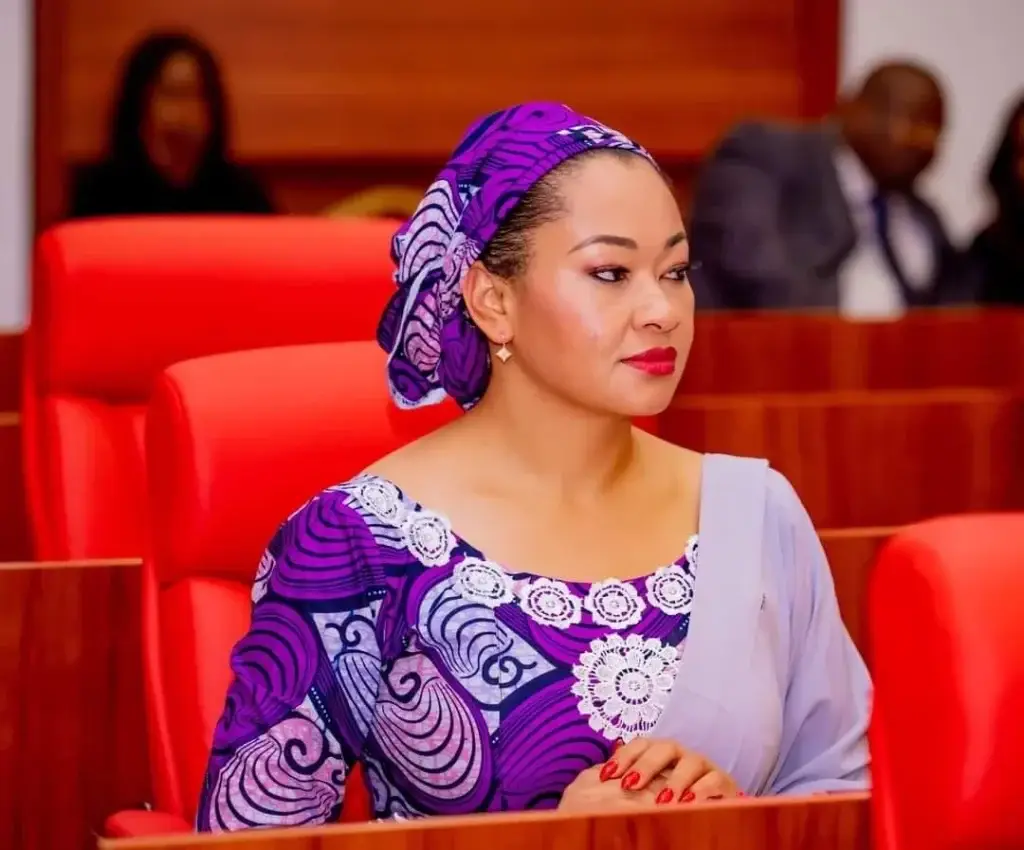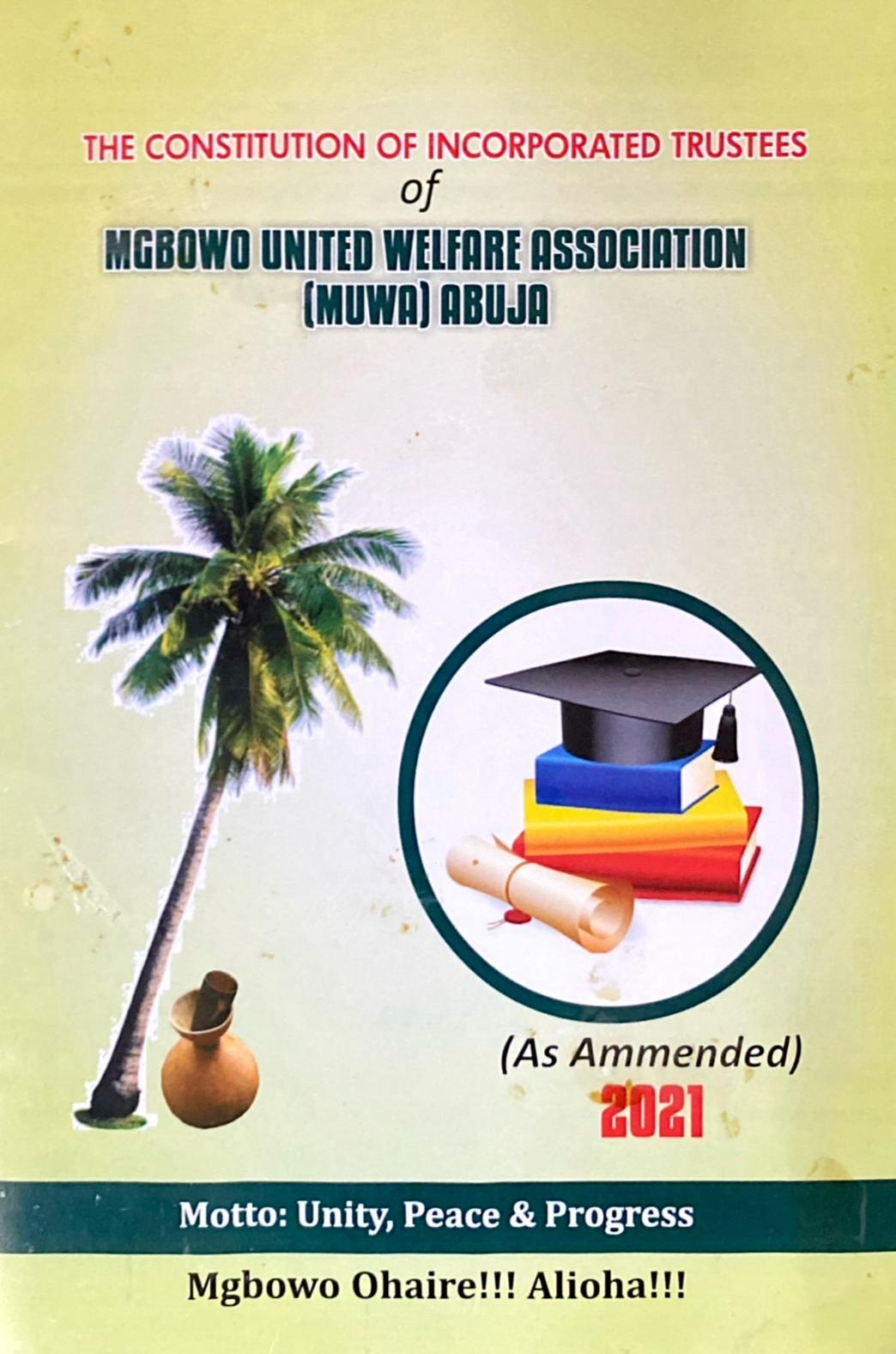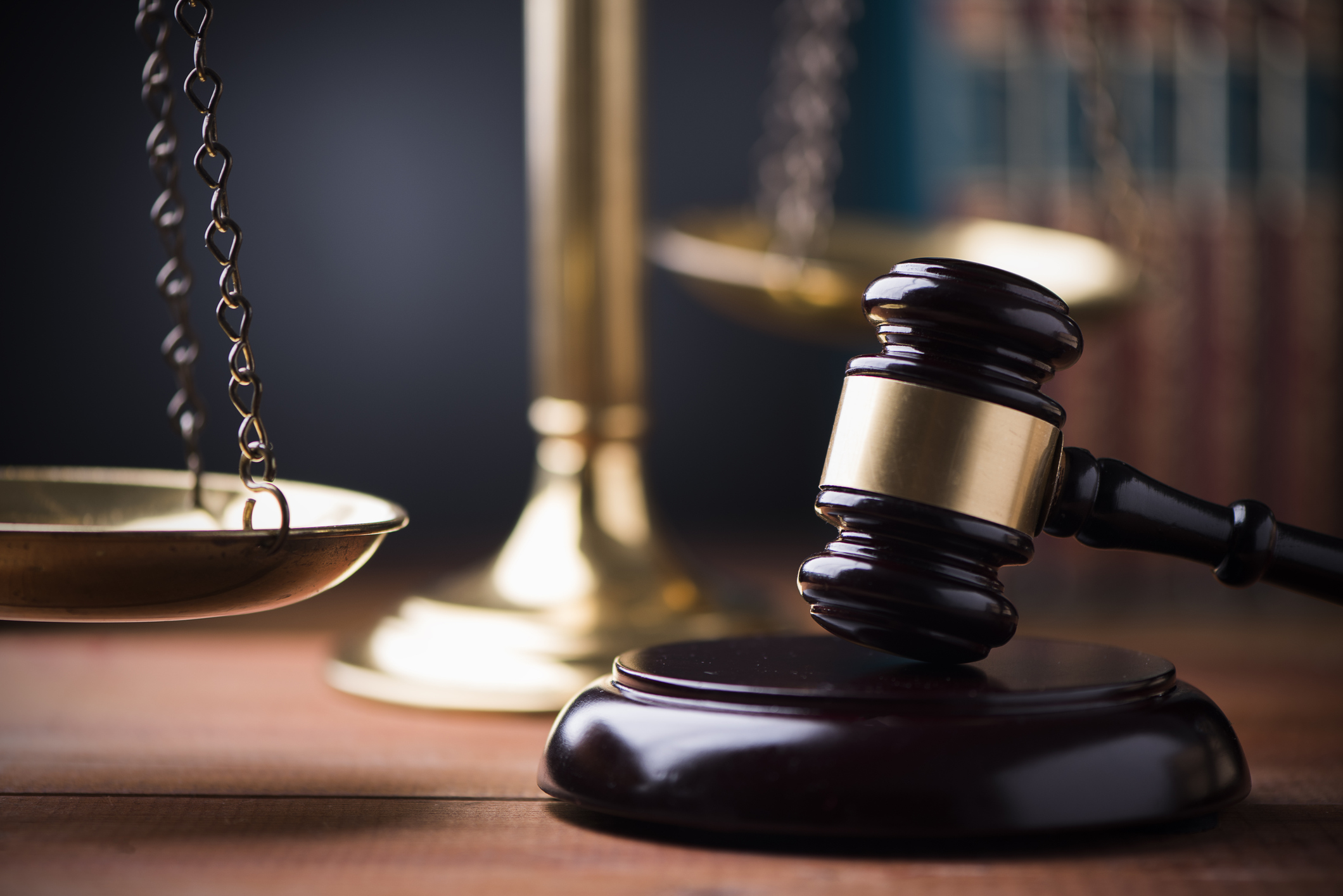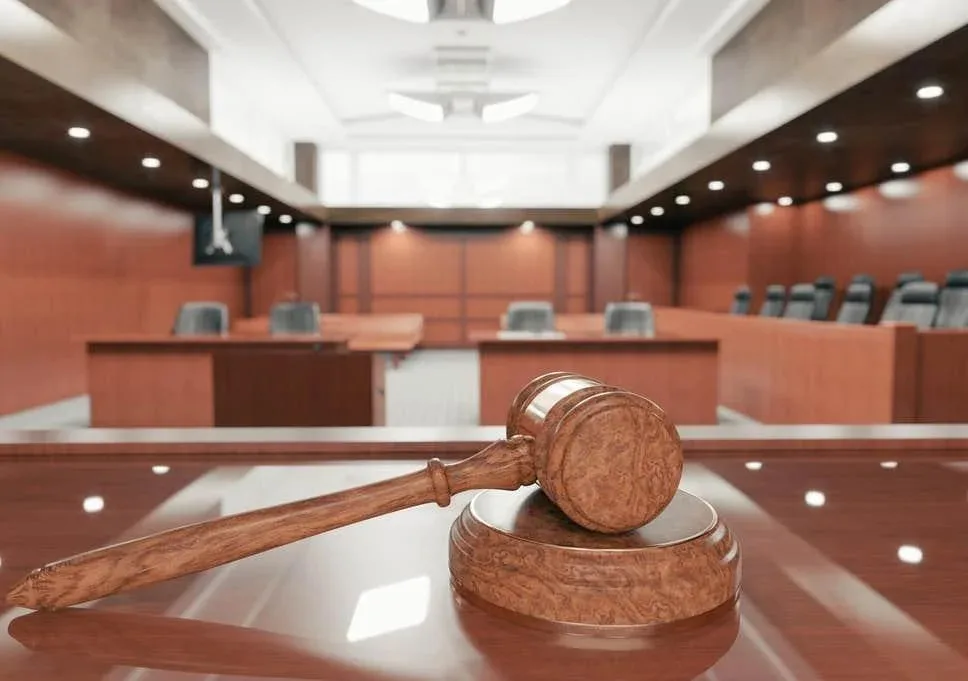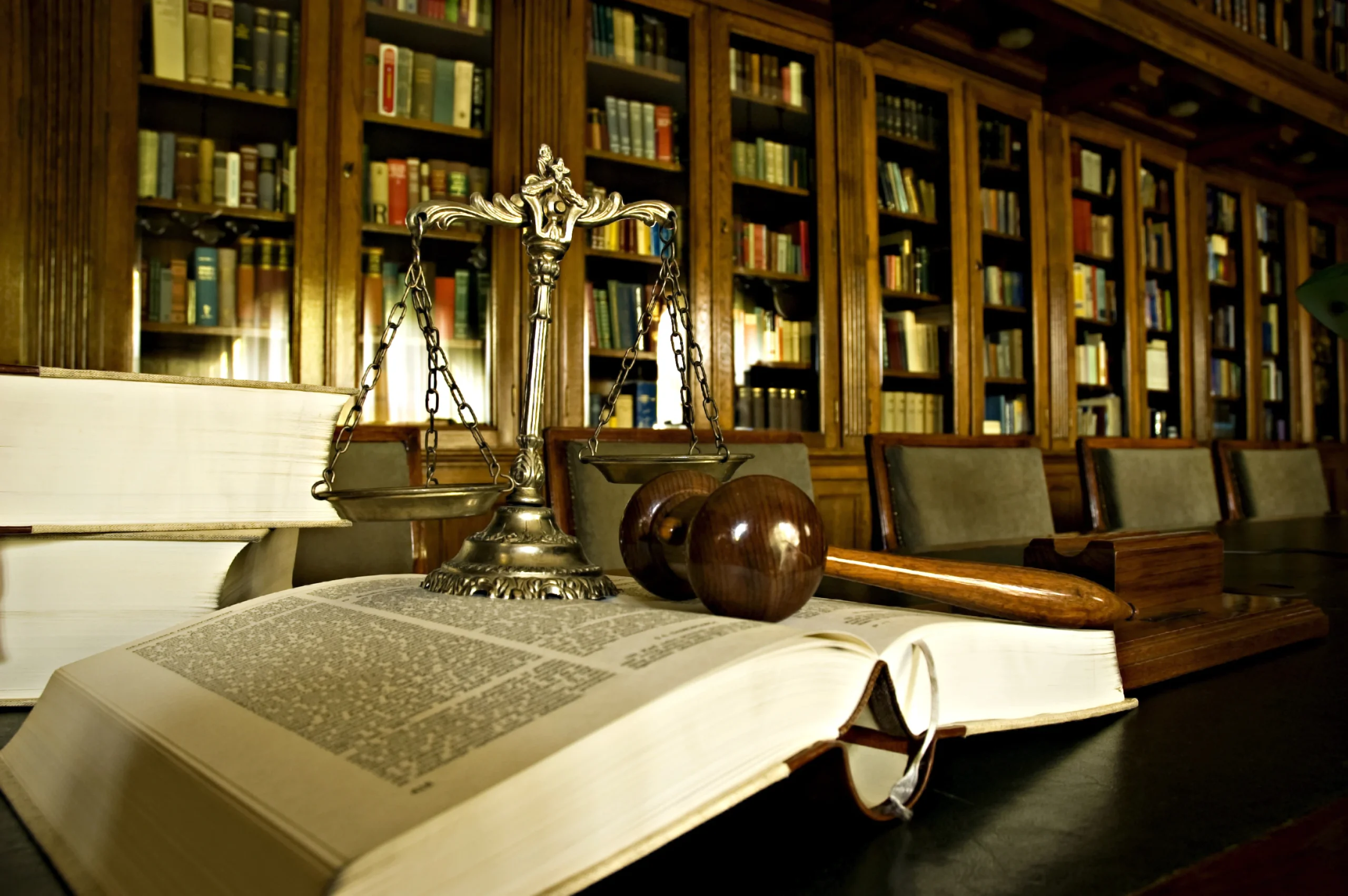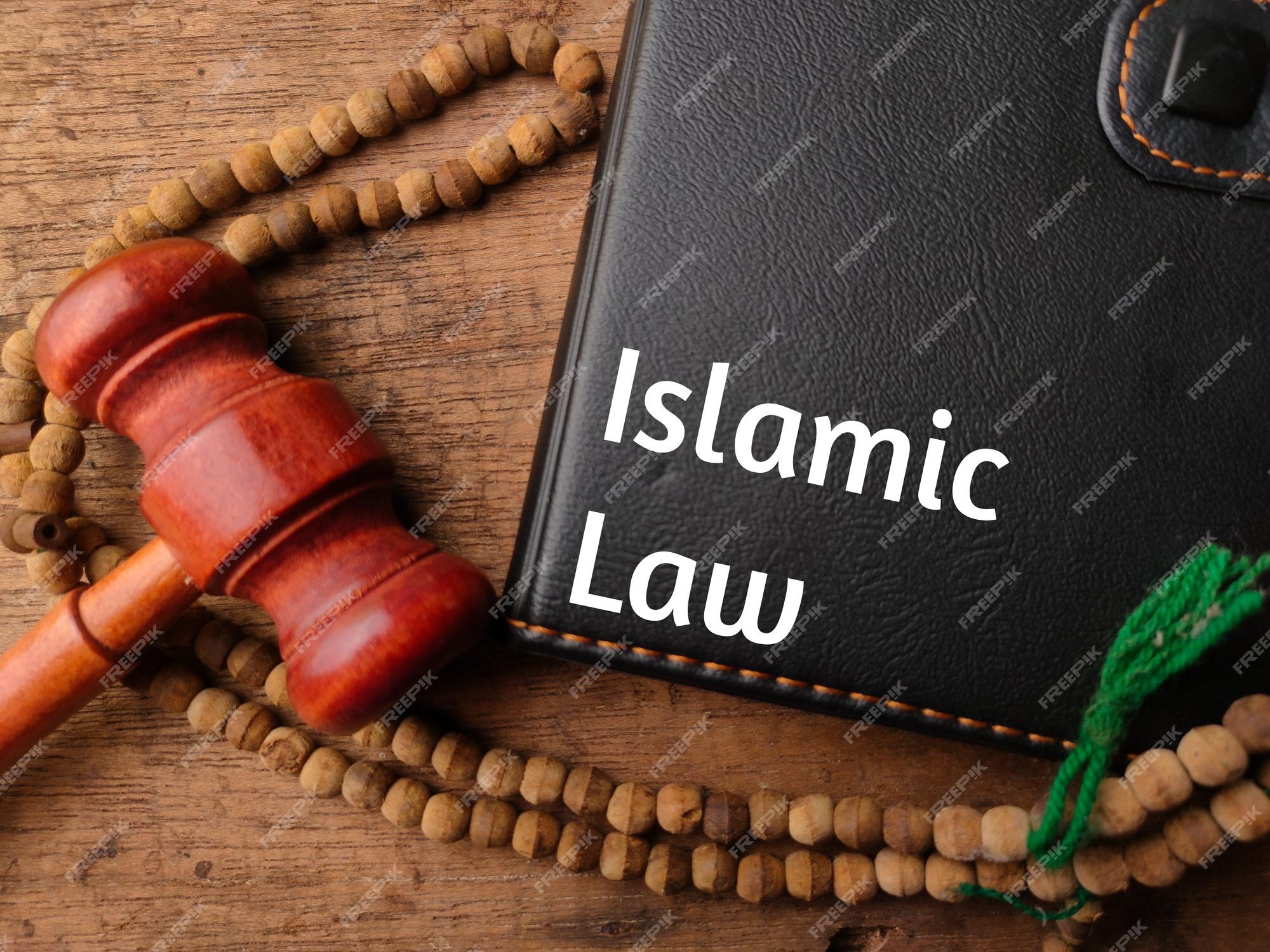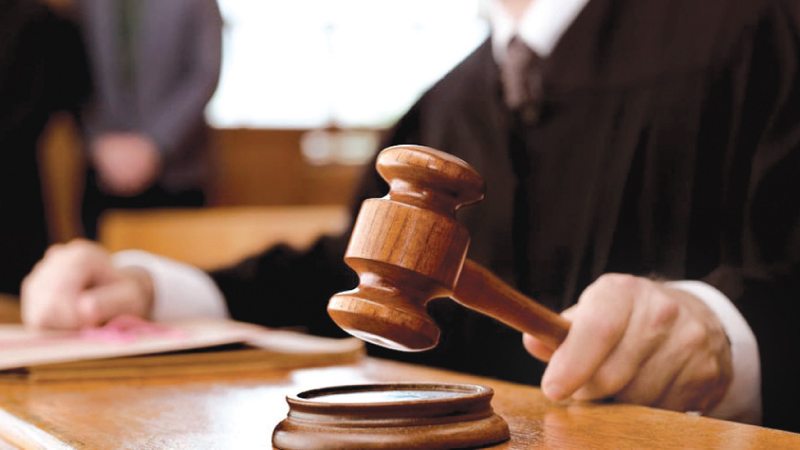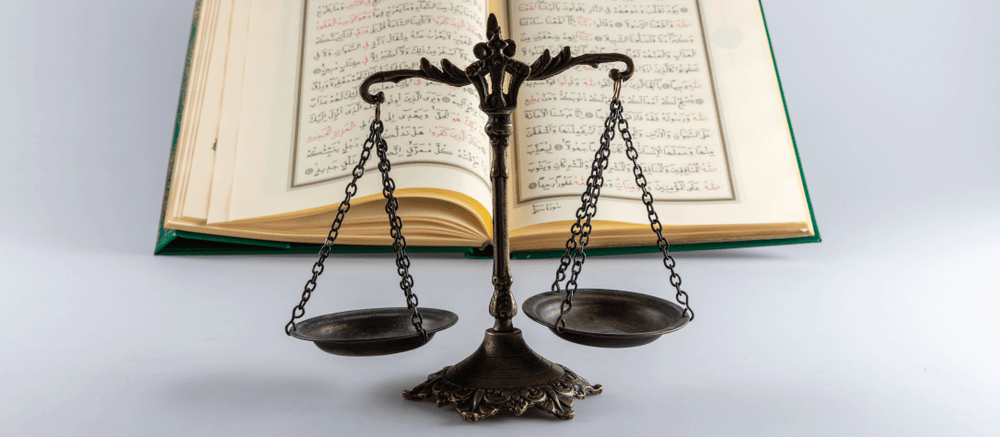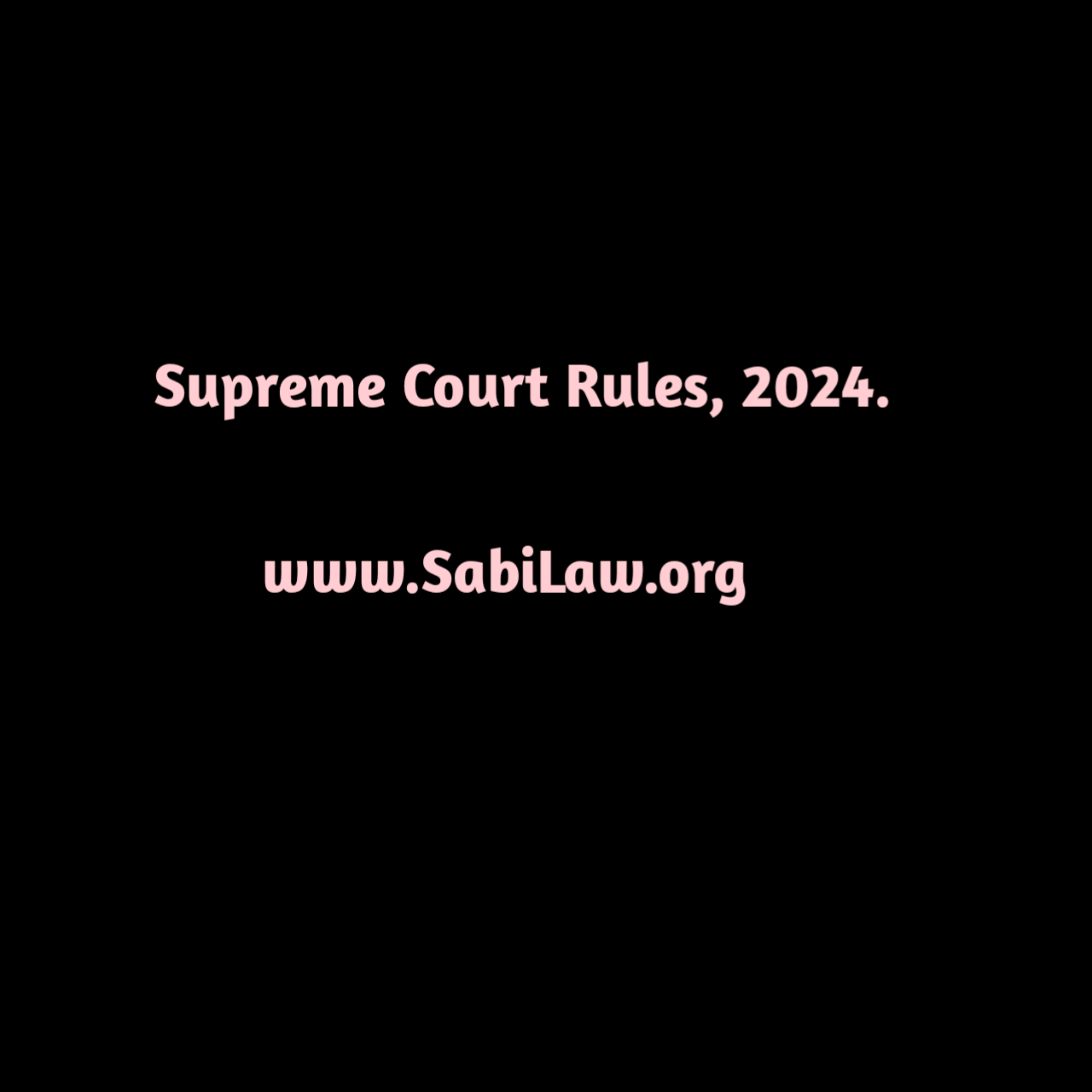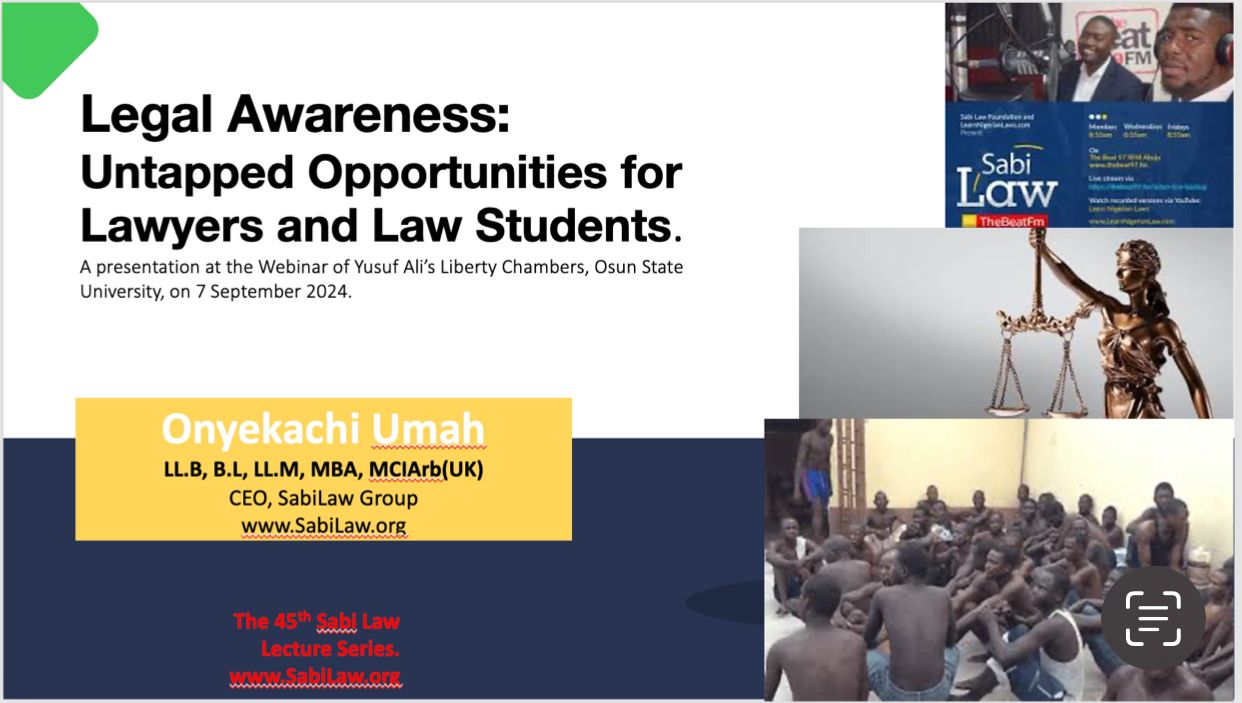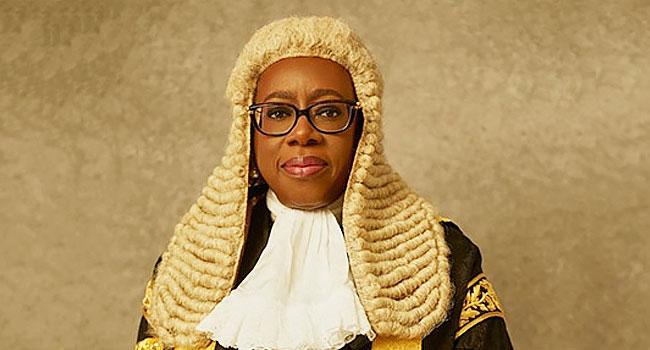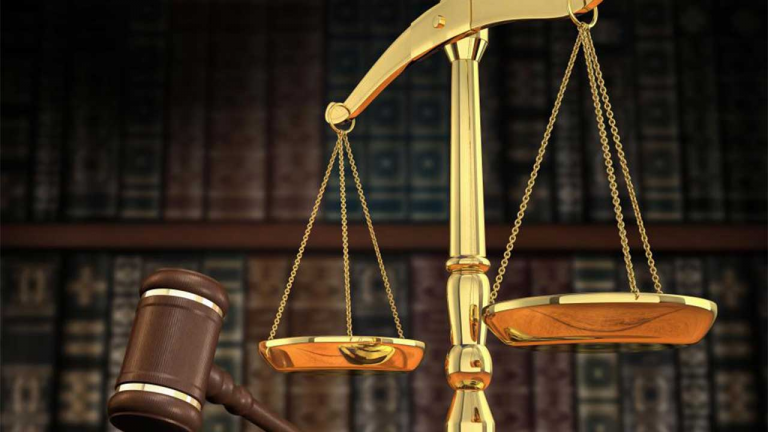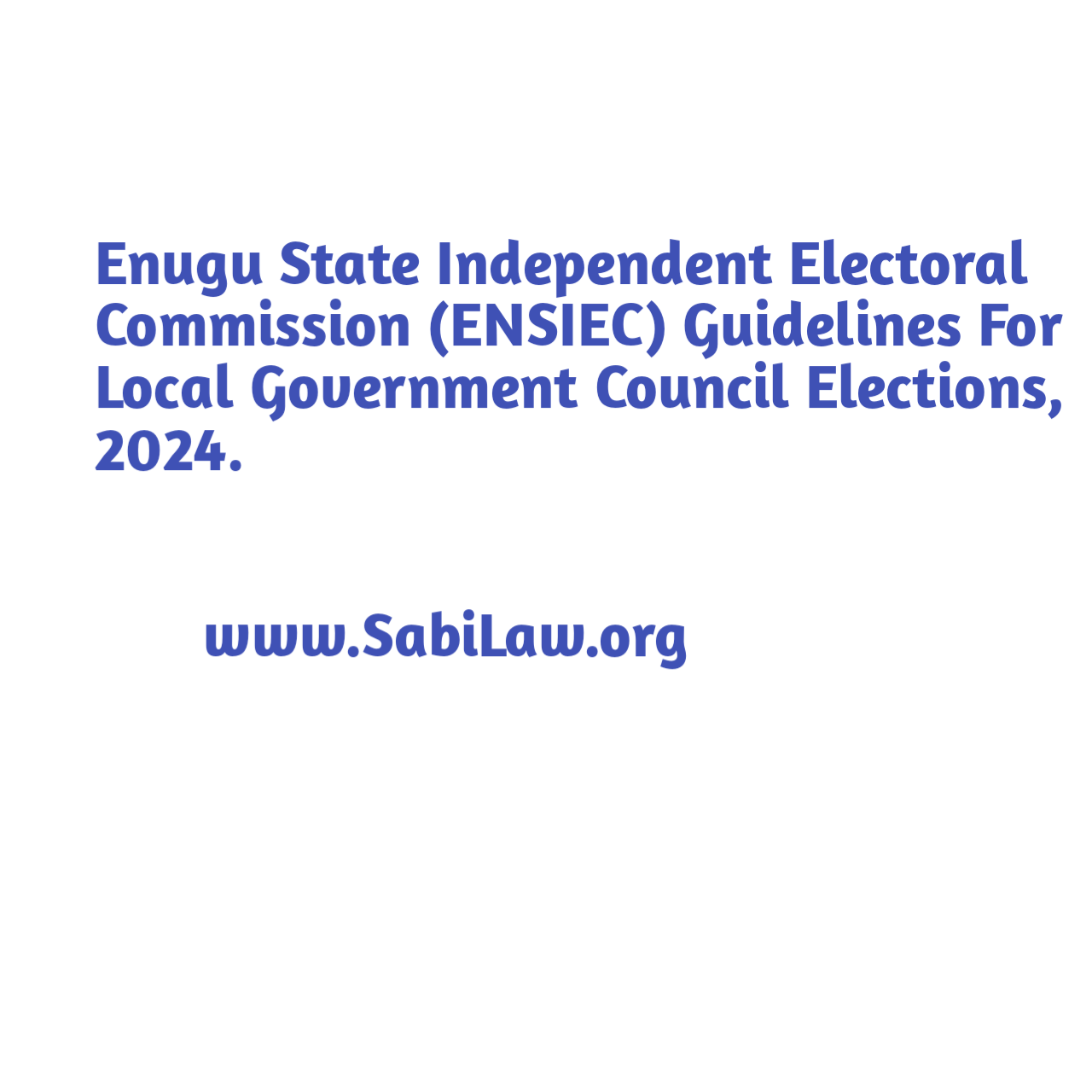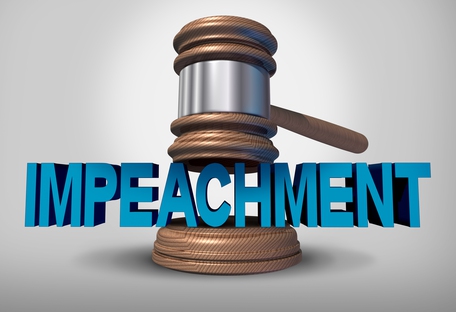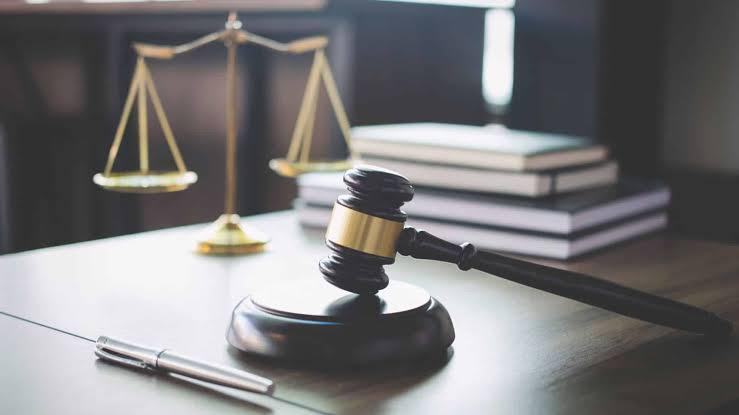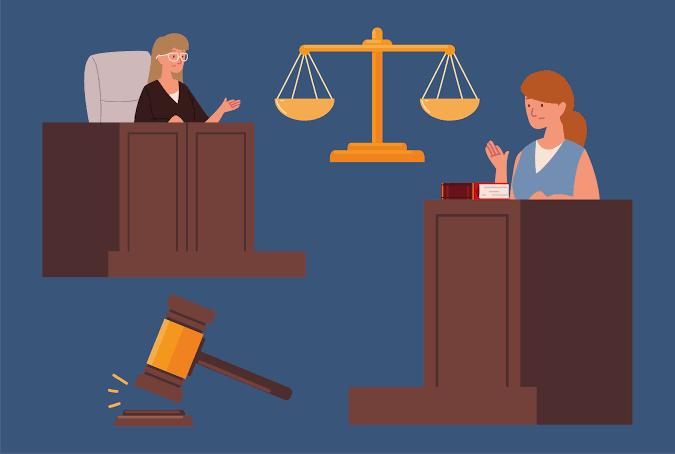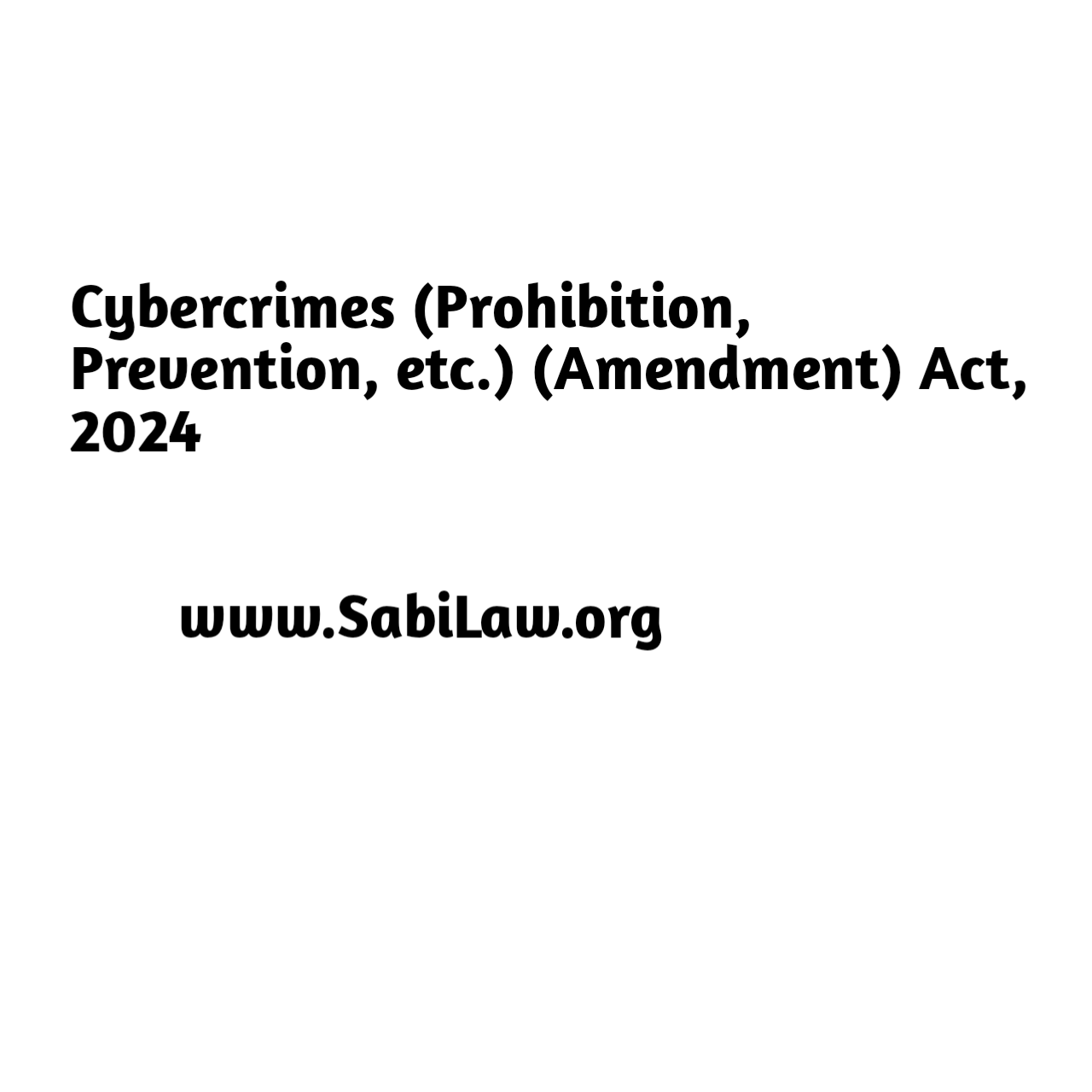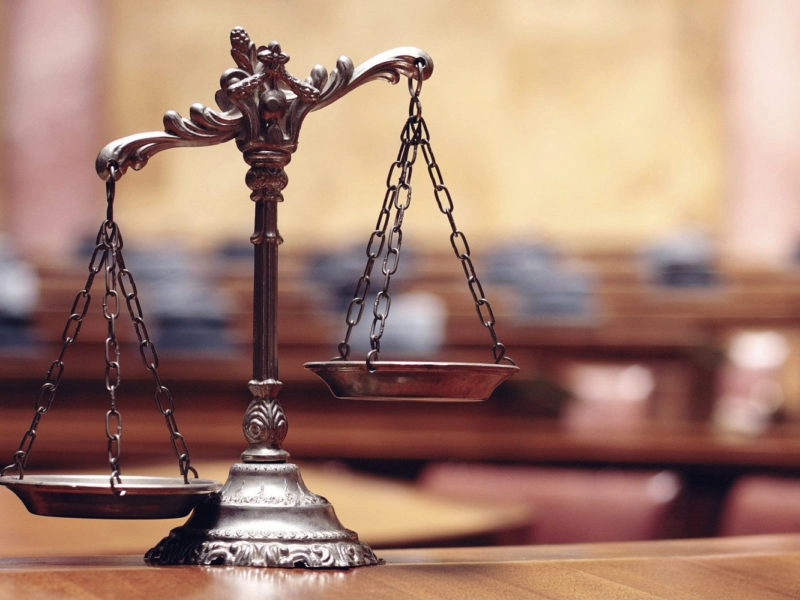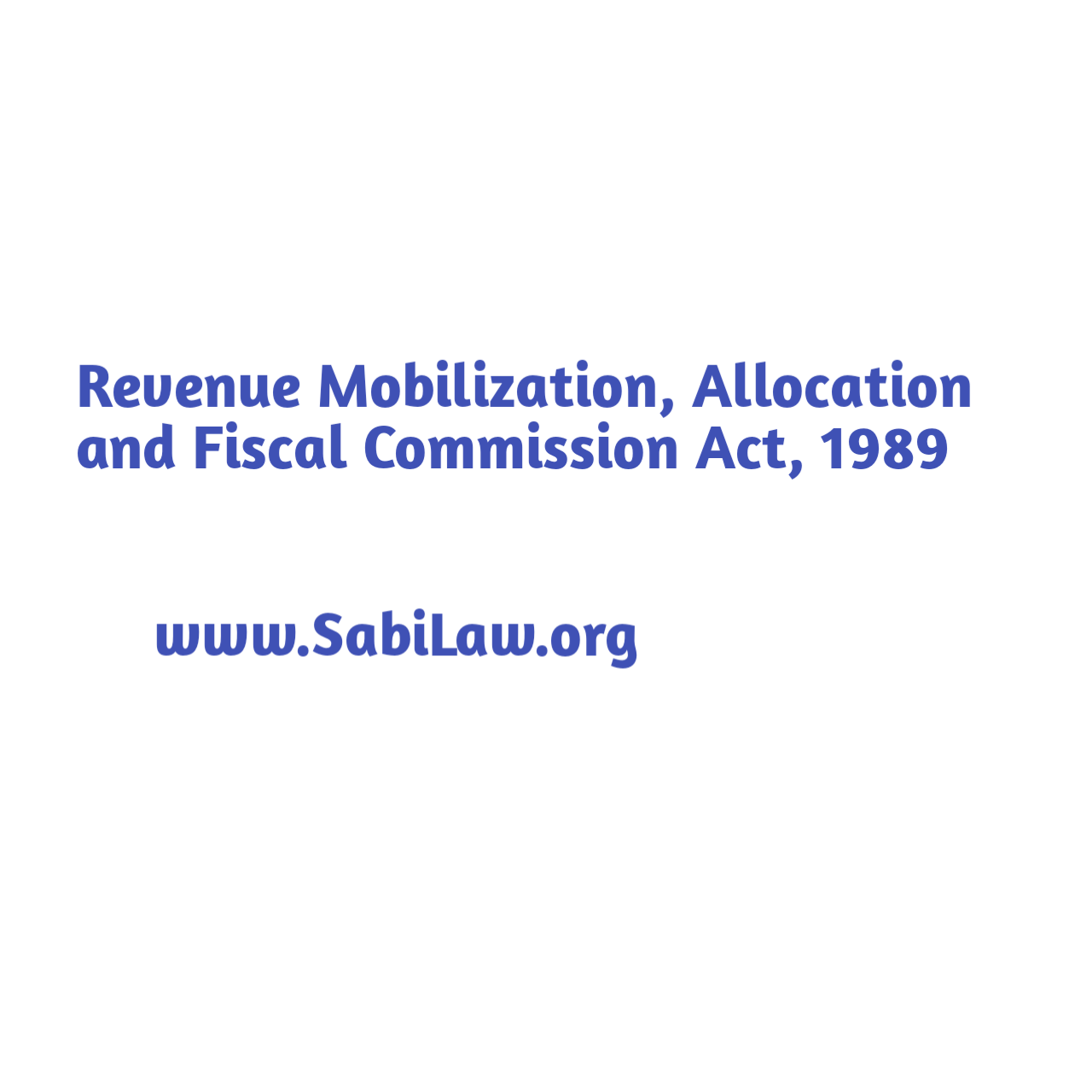Historical Development Of Nigerian Constitution, And The Respective Constitutions Made By The Various Grund Norms Of All Nigerian Constitution.
By Jimoh AbdulGaniy ADISA
INTRODUCTION
It is the knowledge of the past that constitutes the foundation for the present. The aggregate of the antecedence of today’s existence form the bedrock for the outlook of tomorrow. It is indeed, the dynamics of the historical advancement of the various eras that transformed in what is now known as Nigeria. Apparently, the geographical entity called Nigeria is a British imperial creation. Originally, there was no territory called Nigeria, but by treaties, conquest and sufferance, the British acquired control over the different territories which make up Nigeria today. These territories can be divided into 3 main groups namely:
- Lagos and the neighboring Yoruba land i.e. the Bight of Benin, the lower Niger Basin.
- Surrounding territories known as Bright of Biafra or the oil rivers
iii. The Northern kingdom or Emirate and the neighboring middle belt territories.
The importance of a constitution in any given society cannot be overemphasised.The constitution, in Nigeria situation, is the supreme law of the land which all acts of individuals and parliament must not contravene. It is the fundamental and organic law of a nation or state that establishes the institutions and apparatus of government, defines the scope of governmental sovereign powers and guarantees individual civil rights and civil liberties.
It is trite that one of the sources of a constitution is other constitutions. This is the major concern of this present work. The aim of this work is to trace the history of Nigeria, Nigerian council, Nigerian constitution from the 1922 constitution to the current 1999 Nigerian constitution. It will help us to understand better, how previous constitutions have been fashioned for Nigeria and will go a great length in making us understand the source and genesis of our present constitution from the looking glass of constitutional history.
BRIEF HISTORY OF NIGERIA
Some historical facts spilled the beans that Nigeria was formerly called “The Benin Empire”(1440-1897; called Bini by locals) was a pre-colonial African state in what is now modern Nigeria. Nonetheless, this should not be confused with the modern-day country called Benin formerly known as Dahomey.In a similar fashion, Nigeria has been described among other things by many people as not a nation, but a mere geographical expression. This is a result of the fact that what we now called “Nigeria” was formerly a conglomeration of many scattered ethnic groups each occupying a geographical area with different historical backgrounds, cultures, religion, etc. It is an incontrovertible fact of history that, it is of British making.The making of Nigeria started with the annexation of Lagos by British in 1861.Thereafter,a legislative and executive council was constituted for it .In 1862,Lagos and other British territories in the Gold coast, Sierra Leone, and Gambia were by a commission dated 19 February,1866,placed under a Governor General based in Sierra Leone. However, they each had separate legislative councils. In 1874, the Gold coast and Lagos were formed into a separate colony with a governor and legislative council based in the Gold coast. In 1886, Lagos became a separate political entity with its own governor, executive and legislative councils. On January 1,1900, the northern areas of the territories were constituted and named the protectorate of Northern Nigeria and the remaining areas in the south became the protectorate of southern Nigeria. This was after all whole areas were lumped together in 1898 and christened “Nigeria” by Flora Shaw, former correspondent of “The times” who later became Lugars wife. Despite the lumping together, and sameness of name, Nigeria was still divided into three separately and independently administered entities of the colony of Lagos and the protectorate of southern Nigeria and the protectorate of northern Nigeria. Lord Lugard, who was then an agent of the Royal Niger Company was appointed as the first commissioner of the Northern protectorate.
In 1906, the protectorate of Southern Nigeria and the colony of Lagos were amalgamated, and called the colony and protectorate of Southern Nigeria under the Governor of Lagos, with Lagos as its headquarters. By article 4 of the southern Nigeria Protectorate order in council 1906, the Legislative Council of Lagos was empowered to make laws for the protectorate of Southern Nigeria by ordinance.
In 1914,the Colony and Protectorate of Southern Nigeria was merged with the Protectorate of Northern Nigeria and they were referred to as the colony and protectorate of Nigeria. Next to this, Sir (Lord) Fredrick Luggard was made the first Governor of Nigeria and the legislative council was this time allowed to make law for only the colony and the Governor equally made laws for the protectorates. Lord Lugard said the reason for this was until communications by railways are greatly extended, and the proposition is physically impossible due to the large size of the country.
WHAT ARE THE ORIGINS OF THE CONSTITUTION?
Etymologically, the constitution was first written during the summer of 1787 in Philadelphia, Pennsylvania, by 55 delegates to a constitutional convention that was ostensibly called to amend the articles of confederation (1781-1789), the country’s first written constitution.
HISTORICAL DEVELOPMENT OF THE NIGERIAN CONSTITUTION.
In this aspect, it is very essential to briefly shed light on the “Nigerian council, which serves a milestone in the constitutional development of Nigeria. Nigeria council consisted of 36 members, made up of 23 European officials and 13 non-official members of which 7 of them were Europeans and 6 Nigerians. The 7 European non-official members were appointed to represent various commercial interests like the chambers of commerce, shipping, banking, and mining businesses. The 6 Nigerian non-official members that were appointed to represent chieftaincy included: two Emirs from the North, the Alaafin of Oyo and member each from Calabar, Lagos and Benin-Warri area.
Furthermore, the council which acted as an advisory body had no executive authority and its resolution had no force of law; its meeting were irregular and attendance very poor. The Nigerian Chiefs Lugard had thought would have represented their people were mainly illiterates and didn’t show much interest in the affairs of the council. The council which had the main significance of being the first body that brought Nigerians from different parts together, all in a bid to discuss the affairs of a united Nigeria, and ginger the spirit of nationalism.
More so, the constitutional development actually started in the year 1922, and a substantial one was added in 1979; that was long after the Nigerian civil war. Yet, more content was added in 1979; when a number of amendments were also made that year. As a matter of fact, the man that formulated the first constitution for Nigeria was Sir Hugh Clifford, he was pressured to do this by Caseley Hayford-led West African congress in 1922, which was the first year the first constitution was constituted for Nigerian and a host of other West African Countries colonized by the British, viz; the Gambia, Sierra Leone and Gold coast.
Without a scintilla of doubt, the respective constitution made by various “grundnorms”of Nigeria alongside their achievements would be enumerated, buttressed, and elucidated in the subsequent paragraphs.
THE CLIFFORD CONSTITUTION OF 1922
THE RICHARD CONSTITUTION OF 1946
THE MACPHERSON CONSTITUTION OF 1951
THE LYTTLETON CONSTITUTION OF 1954
THE INDEPENDENCE CONSTITUTION OF 1960
THE REPUBLICAN CONSTITUTION OF 1963
THE SECOND REPUBLICAN CONSTITUTION OF 1979
THE 1999 NIGERIAN CONSTITUTION•
- THE CONSTITUTION OF THE FEDERAL REPUBLIC OF NIGERIA 1989
THE CLIFFORD CONSTITUTION OF 1922
The Clifford constitution was adopted in 1922, derived it name from the then governor of Nigeria, Sir Hugh Clifford who took over from former governor Lord Lugard. The constitution introduced a new legislative council and executive council which replaced the abolished old legislative council for Lagos colony and the Nigerian council. The constitution introduced elective principle which increased political agitation and awakened the spirit of nationalism in Nigeria. The Northern Nigeria was not represented in the new legislative council, and the Governor-General retained the power to legislate for the north. Also, election was conducted during this same year, and Calabar was given 1 slot and Lagos was given 3 slots. Afterward, only those earning 100 pounds per annum were allowed to contest in the election.
ACHIEVEMENTS OF CLIFFORD CONSTITUTION
- The constitution introduced elective principle which for the first time allowed Nigerians to elect their representatives into the legislative council
- It witnessed the birth of newspapers in Nigeria
- It started the process and prepared Nigerian for self-government
- It increased political agitation and awakened the spirit of nationalism which quickened Nigeria’s independence.
- It served as the first ever constitution in Nigeria.
THE RICHARDS CONSTITUTION OF 1946
Richard constitution of 1946 replaced the defective Clifford constitution of 1922.It was due to the weakness of the Clifford constitution that made the Nigerian nationalists to pressurize Sir Bernard Bourdillon, the Governor of Nigeria from 1935 to 1943,to give them a new befitting constitution and He equally split Nigeria into three regions of North, East and West in 1939.
The memorandum issued by Sir Bernard Bourdillon on the future political development of Nigeria made useful proposals on the formulation of another constitution for Nigeria. These proposals equally formed the basis of the Richards constitution of 1946, named after Sir Bernard Bourdillon’s successor; sir Arthur Richards (late Milverton).The draft constitution which Governor Richards presented to the legislative council of Nigeria on March 6, 1946, became a new constitution on August 2,1946 and came into force on January 1,1947.
AIMS AND OBJECTIVES OF RICHARDS CONSTITUTION.
- To promote the unity of Nigeria.
- To acquire greater participation of Nigerians in their own affairs.
- To create a legislative council in which all sections of the country would be represented.
- To evolve a constitutional framework to cover all parts of Nigeria.
- To create regional councils for the three regions of North, East and West.
THE MACPHERSON CONSTITUTION OF 1951
The criticism leveled against Richard constitution and the event after Second World War (1939-1945), which weakened imperial powers, led to growth of anti-colonial activities and demystification of white superiority, and made it imperative for a new constitution to be introduced in Nigeria. As a sequel to this, Nigerians were included in the constitution amendment that took place under the then governor (Sir John Macpherson), and many Nigerians were consulted boils down to the villagers. As a matter of fact, the Ibadan conference of 1950, formed the basis for the Southwests viewpoint of the new constitution..
ACHIEVEMENTS OF MACPHERSON CONSTITUTION
- Governor Macpherson did extensive consultation before drafting the constitution than his predecessors.
- It granted more power to the region unlike Richard constitution.
- It allowed for an increase in the elected majorities in both central and regional legislatures.
- It granted the Centre greater authority than the regions.
THE LYTTLETON CONSTITUTION OF 1954
The need for this constitution began with a proposal made by Anthony Enahoro of the Action Group that Nigerian should be given independence in 1956.In a similar fashion, Johnson Ugoji(2003), postulated that compromise reached in the 1953 London conference and the 1954 Lagos constitutional conference that were published; which came into effect in October 1954 constituted the main provision of the Lyttleton constitution of 1954.
IMPORTANT PROVISIONS OF THE LYTTLETON CONSTITUTION
- It makes provision for the Federal House of Representatives
- It makes provisions for the federal council of ministers
- It created regional executive councils
- It retained bicameral legislatures for both the northern and western regions, and unicameral legislature for eastern region.
- Division of governmental power between the central and regional government.
THE INDEPENDENCE CONSTITUTION OF 1960
The independence constitution of 1960, which came into force on October 1, 1960 by virtue of Nigerian independence Act 1960; which was enacted by the British parliament made Nigeria a full-fledged sovereign state within the Commonwealth of Nations.
SOME FEARURES OF INDEPENDENCE CONSTITUTION OF 1960
- It adopted a parliamentary democratic system of government in Nigeria
- Bicameral legislatures were adopted in both the federal and regional or state government.
- Provisions that defined Nigerian citizenship were contained in this constitution.
- It provided for the appointment of the Supreme Court and High court judges based on the advice of the judicial service commission made up of judges.
- The governor was empowered to remove the premier, if the premier had lost the confidence of the house.
THE REPUBLICAN CONSTITUTION OF 1963
The republican constitution was passed into law by the National or Federal parliament on September 19, 1963.Then, it came into operations on October 1,1963;on this date, the third anniversary of Nigeria is independence, the 1960 constitution was revoked and replaced by the 1963 constitution. By this revocation, the Queen ceased to be the the queen of Nigeria. Thus, all the constitutional functions of the queen with respect to law making were withdrawn and vested in the president, governor and the legislative houses, and the executive authority of the federation became vested in the president and that of the region in the regional governor.
THE SECOND REPUBLICAN CONSTITUTION OF 1979.
It was the assassinated Head of state General Murtala Mohammedon coming to power in 1975 who made a firm promise to return the country to a civil rule after many years of interregnum that started on January 15,1966.Unfortunately,General Murtala Mohammed did not live to fulfill the promise but it was his successorGeneral Olusegun Obasanjowho made the promise a reality. However, the fulfilment of ==the promise commenced with the establishment of Constitution Drafting Committee (CDC) in 1975.The proposed 50 member committee which finally encapsulated 49 members as a result of the fact that Chief Obafemi Awolowo opted out because he was not duly informed; and it was chaired by Chief Rotimi Williams,a guru in constitutional law.
Afterwards, the establishment of a Constituent Assembly in 1976 followed later and the 230 members assembly under the chairmanship of Justice Udo Udoma was made up of 190 indirectly elected and 40 Federal Military Government appointed members. This assembly was mainly to examine and ratify the draft constitution by the CDC. The constitution was finally promulgated after about 17 minor amendments were made and it came into effect on October 1,1979.
THE CONSTITUTION OF THE FEDERAL REPUBLIC OF NIGERIA (1989)
Decree No 2 of 1999 brought the constitution into existence. Prior the promulgation of the ditto decree, three institutions played prominent roles and they include: the Constitution Review Committee(CRC) set up in accordance with the Transition to Civil Rule(Political programme) Decree 1987,to review the 1979 constitution of the Federal Republic of Nigeria. In the same vein, the Constituent Assembly Decree(1988), established Constituent Assembly constituting a Chairman, a Deputy Chairman,450 elected members and 111 nominated members to deliberate upon the Draft Constitution prepared by the Constitution Review Committee.Lastly,the Armed Forces Ruling Council made some amendments to the drafted constitution before its final approval by the council who gave it the force of law by 1st October,1922.In the light of this,the 1989 constitution stands as the 1979 constitution as amended by the Constitution Review Committee, reviewed by the Constituent Assembly and approved by the Armed Forces Ruling Council.Thus,it provided for all the features of the 1979 constitution.
THE 1999 NIGERIAN CONSTITUTION
This constitution represents the 1979 constitution as amended by the highest military ruling body known as the Provisional Ruling Council and it became operational on May 29,1999.All the main features of 1979 constitution are maintained by the 1999 constitution.The 1999 constitution maintains the federal system of government in which powers of government are shared between the federal government and the component 36 states.On top of all these,the federal government possesses the exclusive legislative list which contains 68 items and equally include;Defence, External Affairs, Customs and Excise Duties, Insurance etc.The concurrent legislative list belongs to both the Federal and State Legislative powers which include: Industrial, Commercial,or Agricultural Development, Education, Allocation of Revenue,Archives, Electricity,Collection of taxes ad infinitum.The concurrent Legislative list has 30 items ,and incase of contradiction,the federal laws prevail over that of any state.
CONCLUSION
Marcus Garvey,a Jamaican-born ,Black nationalist,and leader of Pan-africanism movement (1887-1946)once wrote that;”a people without knowledge of their past history, origin and culture is like a tree without roots.” In the light of this,the historical development of Nigerian constitution,and the constitution alike, cannot be over-emphasized.Reason being that,the constitution in Nigerian’s situation is the fonts et rigo the supreme law of the landwhich all acts of individuals and parliament must not expunge or contravene.In the same breadth,it has received judicial baptism in the case of A.G Abia state v. A.G Federation where the supreme courtapex court held thus:” the constitution of a nation is the fons et origo,not only of the jurisprudence but also of the legal system of the nation.”The above position is also manifested in the case of UGBA v. SUSWAM(20014)14 NWLR(PT.1427)264,held that:” The constitution is supreme and what it has stipulated remains sacrosanct and immutable and nothing can be done about it but to strictly comply therewith.” A similar reiteration to the above position is evident in the case of IKA LOCAL GOVT. AREA v. MBA(2007) 12 NWLR(PT.1049)676, the court stated thus:” The constitution is the ground norm and the fundamental law of the land. All other legislation in the land take their hierarchy from the provisions of the constitution.” In a nutshell, the historical development of the so-called constitution will surely build a solid foundation for the future generations. Without a vestige of doubt, or conjecture, this treatise had traced the historical development of Nigerian constitution vis-a-vis the respective constitution made by the various grundnormsof of all Nigerian constitution.
REFRENCES
https://bscholarly.com/historical-development-of-nigerian-constitution/
https://djetlawyer.com/history-nigerian-constitutional-development/
https://nigeriafinder.com/historical-development-of-the-nigerian-constitution/
https://www.dailytipsfinder.com/historical-development-of-the-nigerian constitution/
https://www.blackhistorymonth.org.
Johnson Ugoji Anyaele,Revised Edition July,2003: Comprehensive Government for Senior Secondary Schools.
Onimisi’s care:My C.G.P.A, Volume 2.1 :Tijani Hadi Onimisi.
****************************************************************************************
This work is published under the free legal awareness project of Sabi Law Foundation (www.SabiLaw.org) funded by the law firm of Bezaleel Chambers International (www.BezaleelChambers.com). The writer was not paid or charged any publishing fee. You too can support the legal awareness projects and programs of Sabi Law Foundation by donating to us. Donate here and get our unique appreciation certificate or memento.
DISCLAIMER:
This publication is not a piece of legal advice. The opinion expressed in this publication is that of the author(s) and not necessarily the opinion of our organisation, staff and partners.
PROJECTS:
🛒 Take short courses, get samples/precedents and learn your rights at www.SabiLaw.org
🎯 Publish your legal articles for FREE by sending to: eve@sabilaw.org
🎁 Receive our free Daily Law Tips & other publications via our website and social media accounts or join our free whatsapp group: Daily Law Tips Group 6
KEEP IN TOUCH:
Get updates on all the free legal awareness projects of Sabi Law (#SabiLaw) and its partners, via:
YouTube: SabiLaw
Twitter: @Sabi_Law
Facebook page: SabiLaw
Instagram: @SabiLaw.org_
WhatsApp Group: Free Daily Law Tips Group 6
Telegram Group: Free Daily Law Tips Group
Facebook group: SabiLaw
Email: lisa@sabilaw.org
Website: www.SabiLaw.org
ABOUT US & OUR PARTNERS:
This publication is the initiative of the Sabi Law Foundation (www.SabiLaw.org) funded by the law firm of Bezaleel Chambers International (www.BezaleelChambers.com). Sabi Law Foundation is a Not-For-Profit and Non-Governmental Legal Awareness Organization based in Nigeria. It is the first of its kind and has been promoting free legal awareness since 2010.
DONATION & SPONSORSHIP:
As a registered not-for-profit and non-governmental organisation, Sabi Law Foundation relies on donations and sponsorships to promote free legal awareness across Nigeria and the world. With a vast followership across the globe, your donations will assist us to increase legal awareness, improve access to justice, reduce common legal disputes and crimes in Nigeria. Make your donations to us here or contact us for sponsorship and partnership, via: lisa@SabiLaw.org or +234 903 913 1200.
**********************************************************************************


